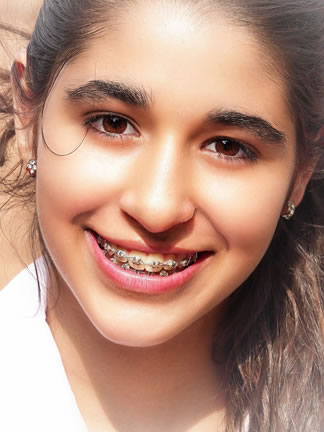
You may have noticed that our doctor specializes in “orthodontics and dentofacial orthopedics.” While most people have heard of orthodontics, many are confused by the dentofacial orthopedics part of the title.
Every orthodontist starts out in dental school. Upon completion of dental school, some graduates immediately go into practice as dentists. Others choose to pursue a specialty, which requires additional schooling during a two- to three-year residency program. There are nine specialties sanctioned by the American Dental Association. Some you are likely familiar with: pediatric dentistry (dentistry for children), periodontics (dentistry focusing on the gums), and oral surgery.
“Orthodontics and dentofacial orthopedics” is one of the nine specialties. Essentially, while orthodontics entails the management of tooth movement, dentofacial orthopedics involves the guidance of facial growth and development, which occurs during childhood and adolescence. Devices such as expanders and mandibular advancement appliances are frequently used in conjunction with braces or aligners to redirect unfavorable growth. Sometimes orthopedic treatment may precede conventional braces, but often the two are used at the same time. There are far too many of these devices to present in this venue. Most orthodontists are comfortable with several and can utilize them to tailor treatment for each growing child.
Being skilled in both areas, our doctor is able to diagnose any misalignments in the teeth and jaw as well as the facial structure, and can devise a treatment plan that integrates both orthodontic and dentofacial orthopedic treatments.



 Website Powered by Sesame 24-7™
Website Powered by Sesame 24-7™



